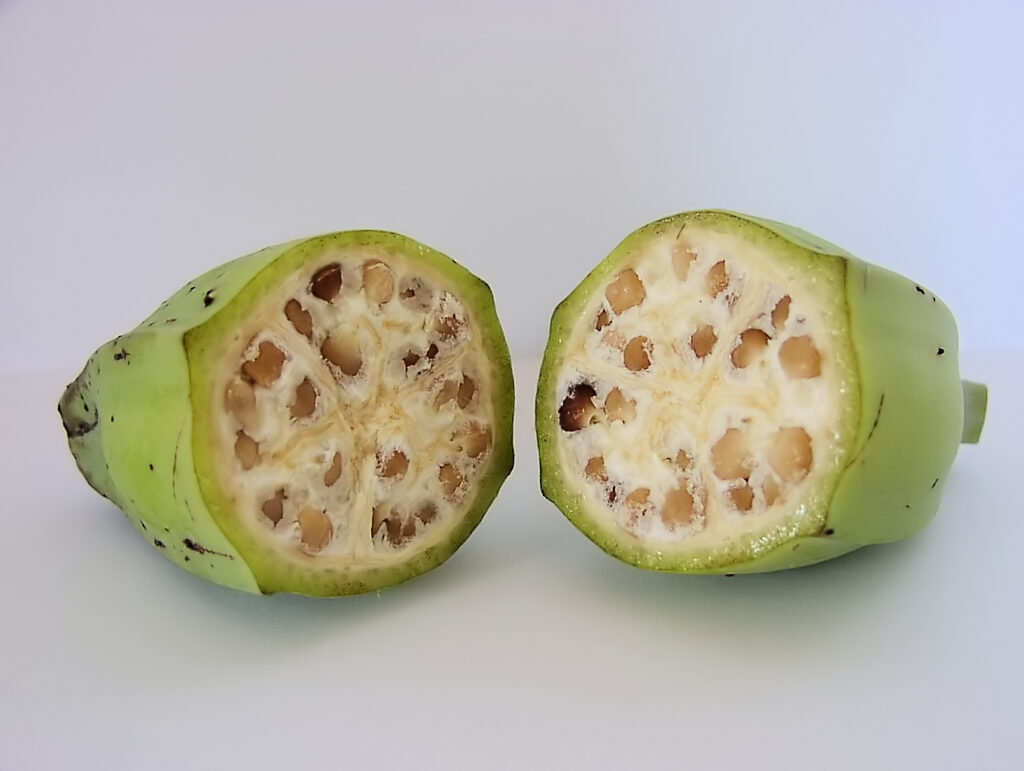Mangoes, known for their sweet and lush taste, come from the mango tree. These trees started in South Asia but now you can find them in tropical places everywhere.
Some might think mango trees keep their leaves all year because they always have fruit. Others might guess they’re like trees that drop their leaves in certain seasons. So, what’s the truth?
Let’s explore what type of trees mango trees are by looking at their details.
Table of Contents
- Understanding Deciduous Trees
- What Makes Deciduous Trees Special?
- What About Evergreen Trees?
- Characteristics of Evergreen Trees
- What Kind of Tree is a Mango Tree?
- Do mango trees shed their leaves?
- Is a mango tree like a pine tree?
- What kind of tree is a mango tree?
- So, is a Mango Tree a tree that loses its leaves or keeps them?
Understanding Deciduous Trees
Deciduous trees are the kind that let go of their leaves every year, usually when it gets cold. “Deciduous” means “falling off” in Latin.
These trees are known for their wide leaves that are green. When fall comes, the leaves become colorful, then they fall off, and the trees stay bare through the winter.
Places with seasons and different amounts of rain are where you usually find deciduous trees, like maple, oak, birch, and poplar.
What Makes Deciduous Trees Special?
Deciduous trees are interesting because they have special things about them. Let’s look at what makes them different:
- Losing leaves in seasons: Deciduous trees are known for dropping their leaves in the fall and growing new ones when spring comes back. This helps them get through the times when it’s cold and dry.
- Big, flat leaves: They have these types of leaves that are good at catching sunlight to make food for the tree.
- Colorful autumn leaves: In the fall, the leaves change color, going from green to yellow, orange, or red. This happens because the tree makes new color pigments.
- Growth rings: When you look at a tree stump, you see rings. These rings show how much a tree grows each year and tell us how old it is.
- Ready for season changes: Deciduous trees can handle different weather because they go to sleep in the winter. That way, they don’t need as much water or food until it’s warm again.
- Home in temperate places: Deciduous trees mostly grow where the weather changes with the seasons, like in parts of North America, Asia, and Europe. They’re very important for the animals and plants that live there.
They are incredible because they grow new leaves, go through a cycle of beautiful colors before dropping them, and have rings showing their age. They fit well in many places with different weather and help support life around them.
What About Evergreen Trees?
Evergreen trees keep their leaves or needles during the whole year. They don’t lose them like deciduous trees do. Evergreens don’t sleep during the winter. They keep making food from sunlight.
You will find evergreens in warm and wet places around the planet. They have needle-shaped leaves that help save water, and some well-known types are pine, spruce, fir, and cedar.
Characteristics of Evergreen Trees
Evergreen trees are different from trees that lose their leaves because they keep theirs all the time. Here’s what makes them special:
- Leaves all year: Evergreen trees have leaves no matter the time of year, which means they can always make their own food.
- Needle-like leaves: Their leaves look like needles, which helps them not lose too much water.
- Cones, not flowers: Many evergreens don’t have flowers; they make cones with seeds inside to grow new trees.
- Suited for warm, wet areas: These trees are common in places with lots of rain and warmth but can live in poor soil too.
- Can handle the cold: Some evergreen trees also do well in the cold. They make special things in their bodies like antifreeze, which helps them during the cold months.
- Important for wood and paper: We use evergreen trees a lot for things like building houses and making paper because they have strong wood.
Evergreen trees live in many places because they can survive tough conditions. People find them useful for wood and paper too.
What Kind of Tree is a Mango Tree?
Mango trees are big and well-known, always green, and they grow quite tall. They have lots of details that we can learn about.
Mango trees can soar up to 100 feet in places where they grow naturally. Let’s dive into some important details about them:
- Looks: These trees are grand, with lots of dark green leaves that make a big, spreading top where the branches reach out wide.
- How they grow: They have a main root that digs deep for water, plus lots of little roots near the surface that suck up nutrients from the soil. They grow fast when they’re young, but take it easy once they get older.
- Their life story: These amazing trees can last over a century. They start blooming in the cold months, and by the time it’s summer, they’re making fruit. Once the flowers pop up, it takes three to six months for the fruit to get ripe and ready to eat.
- Green all year: Mango trees always have lots of leaves that stay green. The leaves are kind of like big ovals with a sharp end, and can get pretty long—up to 12 inches.
- Fruit time: Mangos are a kind of fruit that come in all sorts of shapes and shades. They’re really tasty, kind of sweet, and they feel a bit stringy when you eat them.
- Fighting off trouble: Even though they’re usually tough plants, mango trees can still get attacked by bugs and get sick with stuff like mango fruit fly or diseases like anthracanose, which can hurt their leaves and fruits.
When you know these things, you can take super good care of the trees and understand a lot more about how mango fruits grow.
Do mango trees shed their leaves?
Yup, even though mango trees usually keep their leaves all year, there are times when they drop some, depending on the weather and where they’re growing.
Mango trees are called evergreen because they stay leafy no matter the season. But, in places where it’s really dry, they might let go of a few leaves to save water. It’s a smart way that helps them not to get too thirsty.
Sometimes leaves also fall off if the tree isn’t feeling well or there are pests around, but that doesn’t happen as much as the regular leaf dropping when it’s dry.
Remember though, when a mango tree drops leaves, it’s not like when trees in colder places lose them all at once in autumn. Mango trees are always growing new leaves while some old ones fall off, and this keeps them happy and healthy.
Is a mango tree like a pine tree?
Nope, mango trees and pine trees are really different. Pine trees—those with needles instead of regular leaves and cones instead of flowers—are called coniferous trees. Mango trees, on the other hand, have big, flat leaves and make flowers that turn into yummy mango fruits.
What kind of tree is a mango tree?
The mango tree belongs to a big family of plants. Here’s how it fits in:
- Big group: Plants,
- Branch: Flowering plants,
- Class: Dicots (two seed leaves),
- Order: Sapindales (includes things like lychee and maple),
- Family: Anacardiaceae (relatives include cashew and poison ivy),
- Group: Mangifera (all the different kinds of mango trees),
- Type: Mangifera indica (that’s the tree we get our mangoes from!).
Being part of the evergreen family, mango trees have their leaves all year round.
So, is a Mango Tree a tree that loses its leaves or keeps them?
Mango trees keep their leaves all the time. They’re not like some other trees that drop all their leaves and go bare in particular seasons. Mango trees live in hot places and have their green leaves throughout the year to make food from sunlight whenever they need to.
Even though they might let go of a few leaves sometimes, they always have plenty on their branches. This is why they’re called evergreen trees.
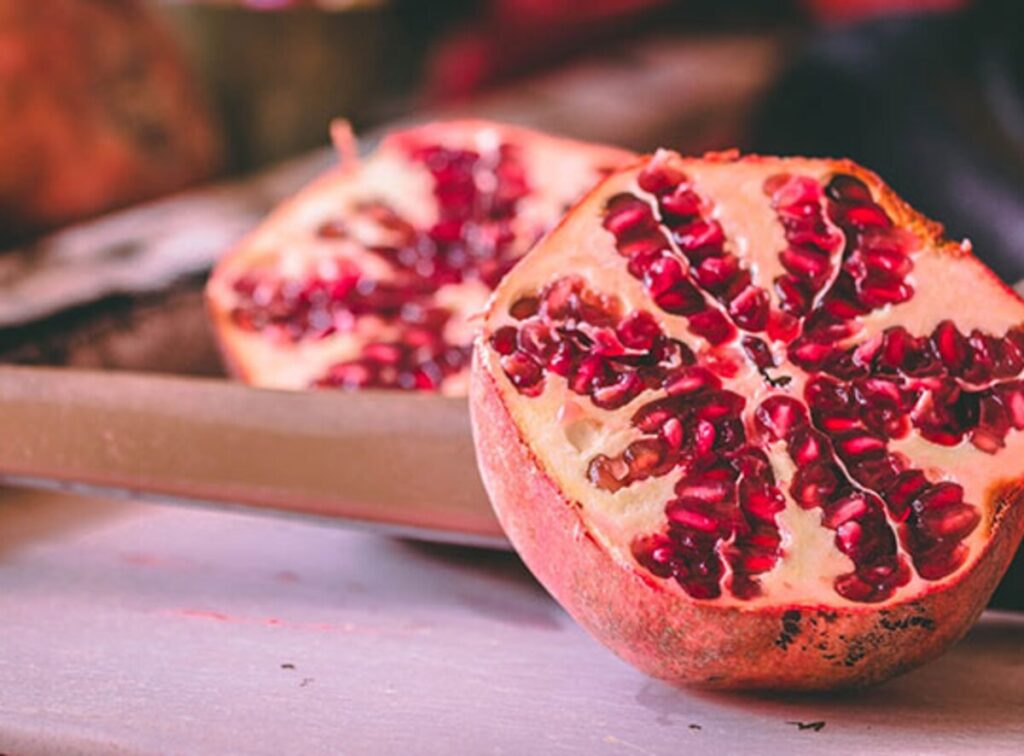
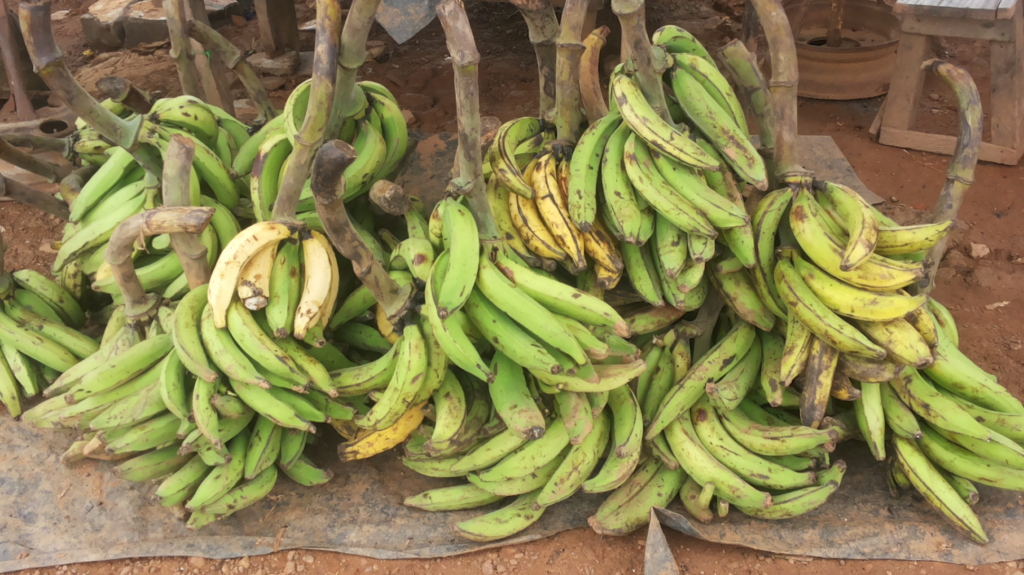
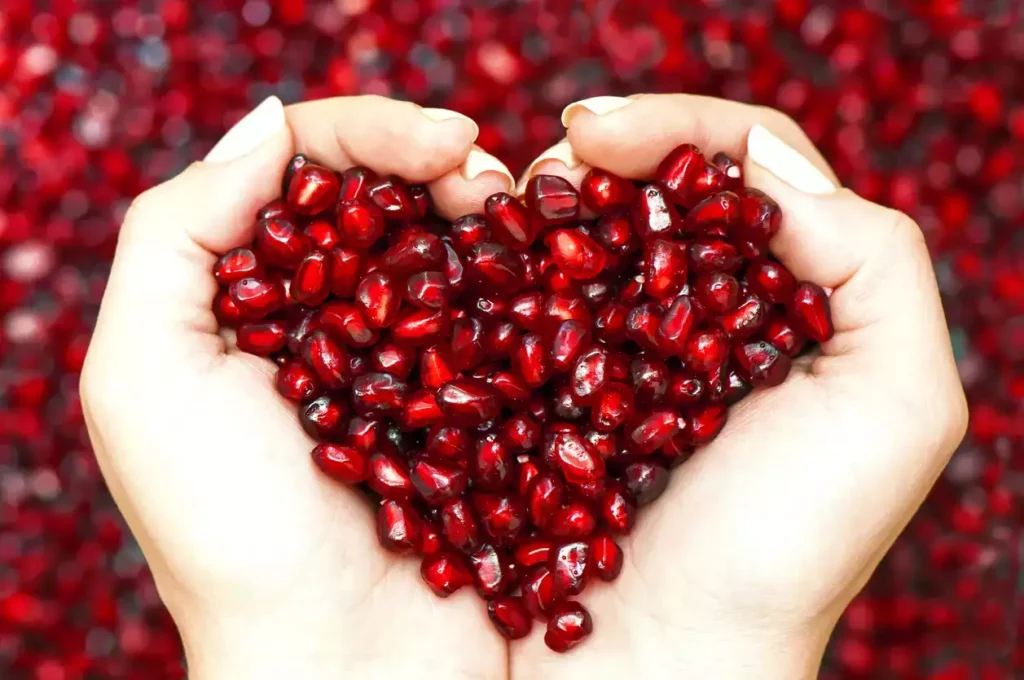
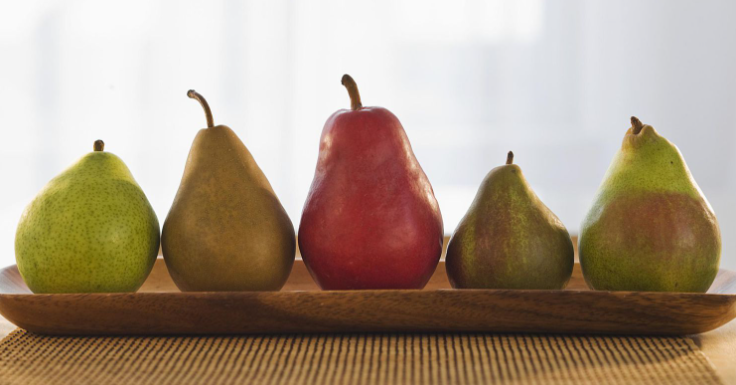
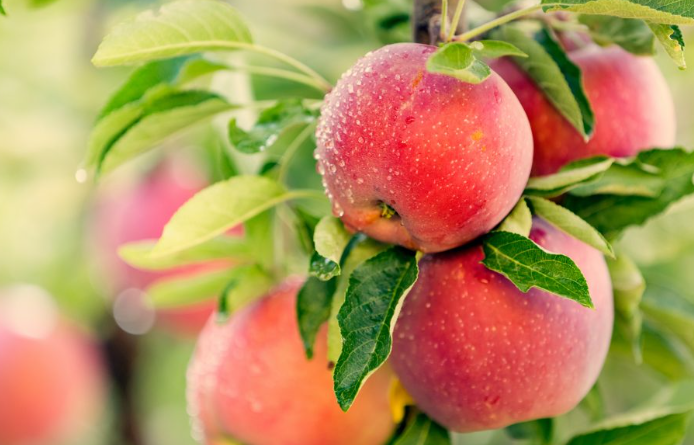
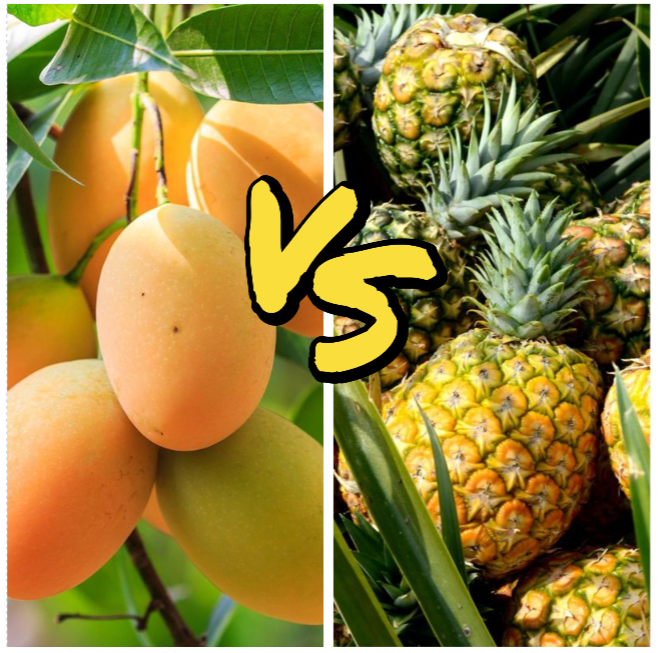
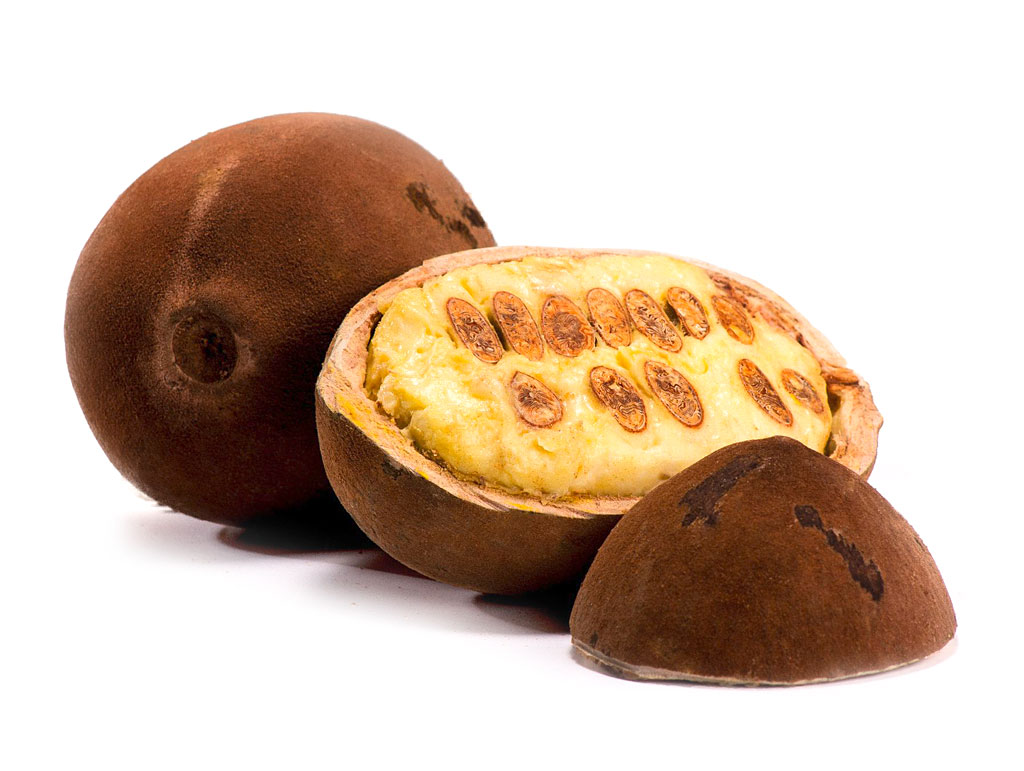
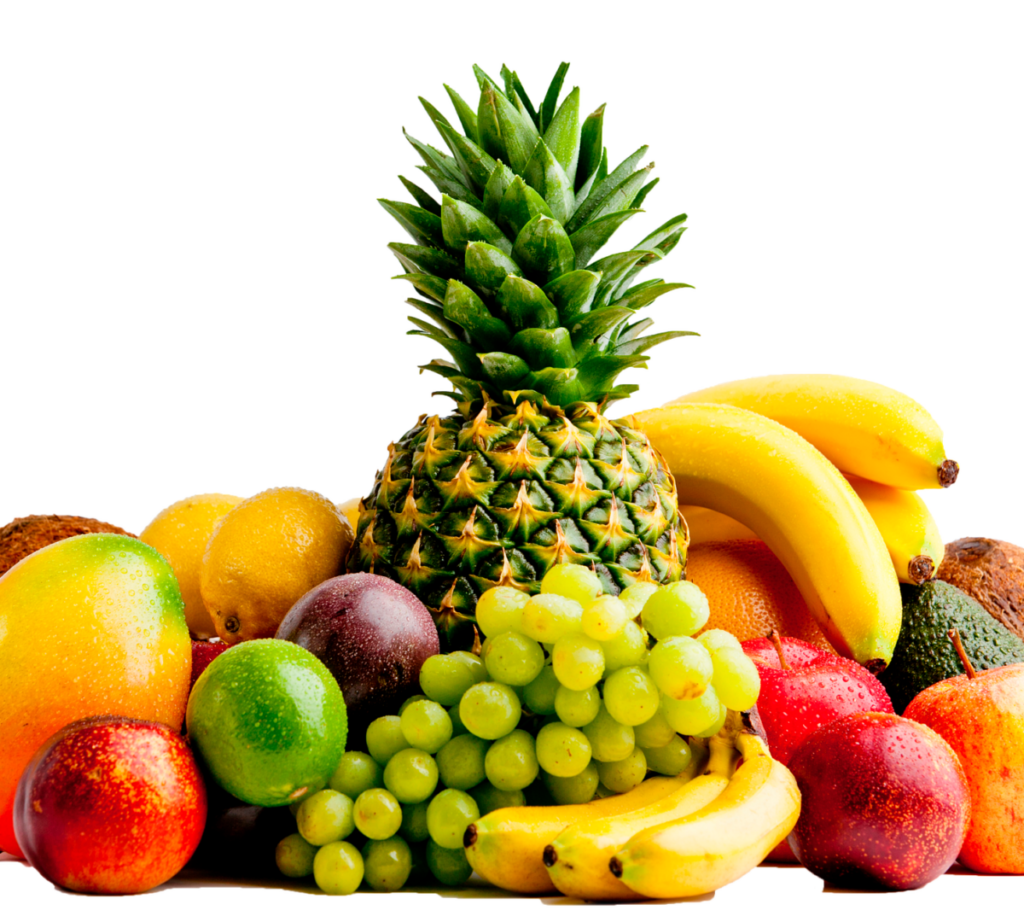
![What Is the National Fruit of Argentina and Why? [ANSWERED]](https://fruitonix.com/wp-content/uploads/2023/04/What-Is-the-National-Fruit-of-Argentina-.jpg)
